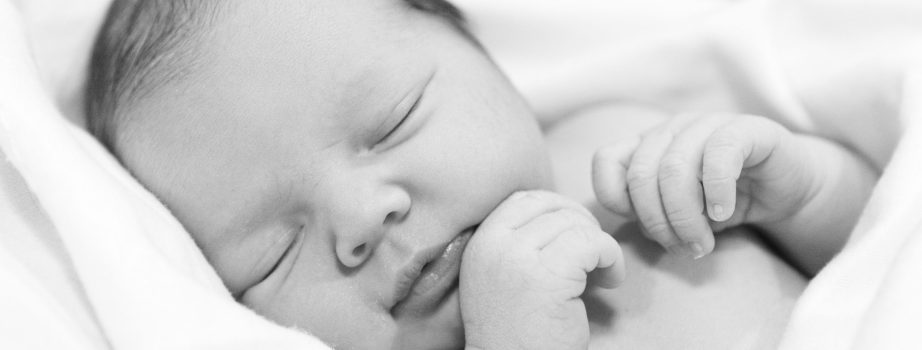While I frequently discuss Sonya’s cochlear implant mappings on the blog, I haven’t really shown you what they are like, with the exception of her initial mapping/activation.
A MAP is a program that optimizes a cochlear implant user’s access to sound. The audiologist connects Sonya’s processors to a computer. Sonya then hears a series of beeps and the audiologist measures her response.
As an infant, measuring this response was rather tricky. The audiologist might observe a change in eye movement, a head turn or Sonya might stop moving. All of these behaviors indicate that Sonya was hearing the sound. Upon seeing such behavior, the audiologist would light up a black box with a toy playing the drum (or something similar). This would condition Sonya to look at the box when she heard the sound. Thus, the audiologist was able to get a sense as to which sounds Sonya could and could not hear.

Now that Sonya is two, her mappings are a bit different. When Sonya hears a sound, she puts a coin in a piggy bank. She is still working on this skill, but it is a much easier/accurate way to determine whether or not she hears the sound.
First the audiologist sends the sound directly to Sonya’s processors. We don’t hear it. Only she does. Then, the audiologist turns her processors on to detect noises in her environment. In the videos below, you can watch Sonya listen to the sounds through her processors at first – putting a coin in a pig each time she hears the sound. Then, she will repeat sounds, which shows us that she is hearing the sounds in her environment as well. The sounds that Sonya is asked to repeat are called “Ling Sounds”. Ling Sounds are different sounds which vary from high to low pitch. They are considered the range of speech sounds needed to acquire language.
Here is part 1 of Sonya’s latest mapping:
Here is part 2:
Sonya’s speech therapists use the below Ling sound symbols when working with Sonya . When Sonya is presented with an airplane, for instance, she knows to make the “ah” sound. It’s another way to make sure she is receiving the auditory input necessary to speak.










